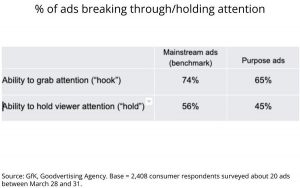
There are plenty of forums that give specific examples on how to use Google search strings to find almost any type of data, including contact information. While I will give some search string examples, I’m going to teach you how to think about search. Knowing how to think about search will outlast any example.
There are three core concepts to understand when trying to retrieve data from LinkedIn, or anywhere on the Internet. If you understand these concepts, along with the basics of search string design, you can obtain ALL the data you want from LinkedIn.
In our brand new ebook, you’ll learn how to use search to gathering LinkedIn data. To start, let’s define the three core concepts (it’s real easy stuff). Here are the three laws of Internet search.
1. Law Of Specificity
This law dictates that you simply develop a search query that brings back accurate results. Google will never give you seven million results with a single search. If you are viewing 100 results per page, and then click through to the fourth or fifth page of results, it is rare that you will get more than 500 results.
The goal is to be as specific as possible in your search string. If you’re specifically looking for LinkedIn contacts with a specific title, make sure you’re only combing through LinkedIn for that title. In the example below, LinkedIn is not specifically called, and therefore Clearslide.com and Jobs.net show up.

A more specific search string would be:
site:www.linkedin.com “know in common” “Inside Sales Manager * * * * * * – Present”
2. Law Of Completeness
Have a goal in order to understand and access all possible results. In other words, remember that this is much more than a search string. It’s about starting with the end goal in mind and working backwards from there. Establish your goal first. For example:
“Give me every person who currently holds a Vice President of Marketing title.”
Formulates a plan that will acquire all of the requested data. Watch this video about Capture, to get the best search strings based on your goals.
3. Law Of Permutation
Search engines return limited results. If the size of the total data exceeds what the search engine returns, the search needs to be split into multiple smaller searches. For example, if you formulate a plan, and yet your search strings outputs over 1,000 reported results, revise your plan with multiple search permutations to get to the right data.
Internet search has not changed much in 20 years (Yahoo 1994, AltaVista 1995, Google 1998). Success comes from understanding the evolution users take as they learn how to find data on the Internet, and embracing that discovery.
(254)
Report Post








